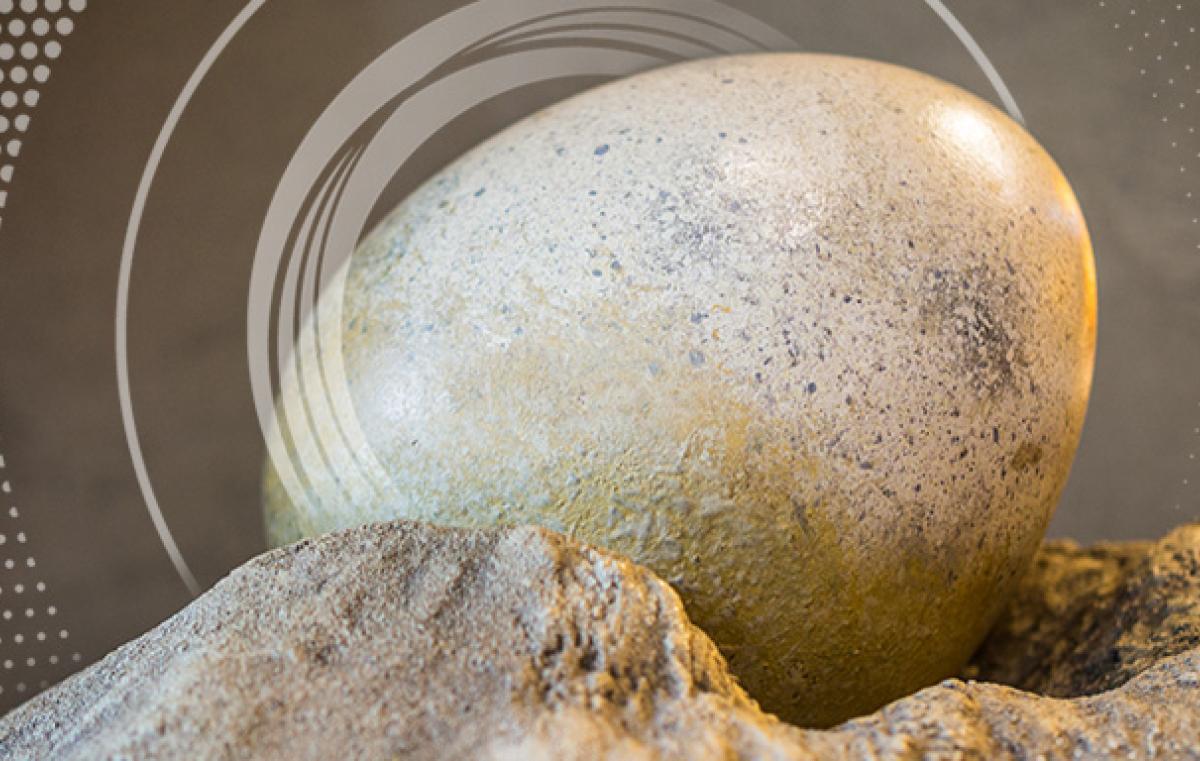New Study Sheds Light on the Size of Eggs Eaten During Passover
Some of the oldest eggs ever excavated are smaller than previously thought

As the Jewish holiday of Passover approaches, new questions about eggs, an important component in the festive seder feast, are being answered.
When in history were the first eggs eaten and what size were they? The answers have emerged from a new study, published in the scientific journal JSIJ, conducted by Prof. Zohar Amar, an expert in ancient flora and fauna from Bar-Ilan University's Martin (Szusz) Department of Land of Israel Studies and Archaeology.
Due to their delicacy and fragility, eggs are generally difficult to preserve and, therefore, a rare archaeological find. In his in-depth study, Prof. Amar surveyed 15 of the most ancient, well-preserved eggs ever found in and outside of Israel.
The earliest evidence examined are large eggshells from the First Temple period uncovered during excavations of the City of David. Eggs dating to the Roman period and the Middle Ages were also studied. These eggs, completely intact, were well-preserved because they were found in septic tanks and sewages.
According to the findings of the study, chicken eggs only became a significant part of the food basket during the Hellenistic-Roman period, and their size at the time was different than thought until now. Further, Amar's analysis of historical sources revealed that the average egg volume in all periods was 40-44 cc, less than that accepted in Jewish law (Halakha). This new data may carry important halakhic implications, as various halakhic rulings are determined according to the size of an egg, for example the directive to eat matzah "the size of an olive" during the Passover seder. According to different halachic opinions, this is calculated as between a quarter to half an egg.
"The eggs are smaller than what is accepted nowadays according to the calculation of 57 cc made by the late halachic scholar Rabbi Avraham Chaim Naeh," explains Prof. Amar. "The late leader of Haredi Judaism in Israel, Rabbi Avraham Yeshaya Karelitz, also known as the Chazon Ish, thought that modern-day eggs were smaller, and twice the size in the past, approximately 100 cc."
The eggs' relatively small volume existed until the middle of the twentieth century. Their size and volume increased only in recent generations, following the cultivation of hen breeding.